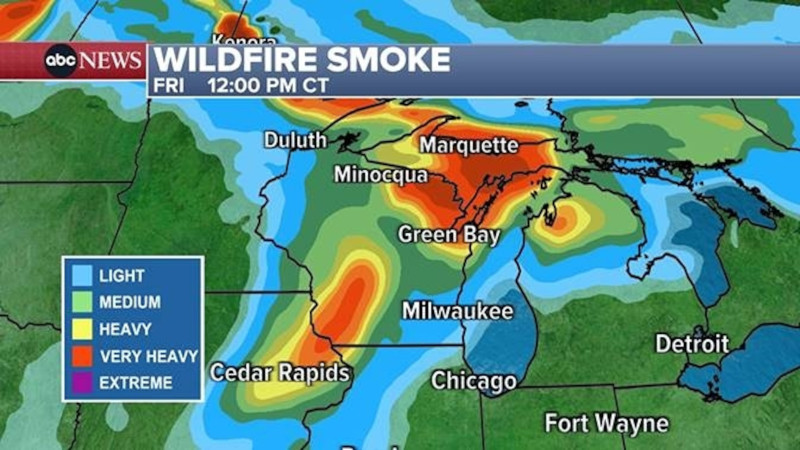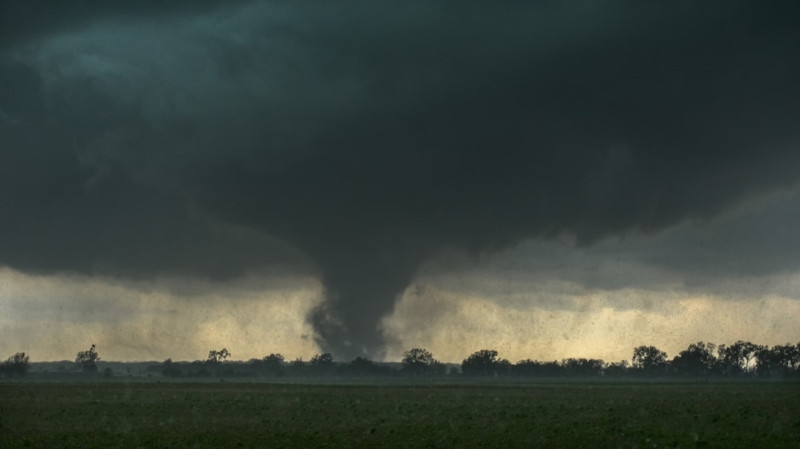Wildfire smoke from over 200 active blazes in Canada continues to affect air quality across the United States, with the latest air quality maps showing shifting risks for millions. As of Wednesday, regions in the Upper Midwest—including Wisconsin, Michigan, Illinois, and Indiana—faced the highest levels of unhealthy air, according to the Air Quality Index (AQI), which rates air from “good” to “hazardous”.
Air quality advisories remain in effect for several states, including New York, Massachusetts, and Connecticut. In New York City and the Lower Hudson Valley, air was classified as “unhealthy for sensitive populations,” prompting officials to urge those with heart or lung conditions, older adults, children, and pregnant women to limit outdoor activities Other areas, such as Long Island, experienced “moderate” air quality.
Forecasts indicate the smoke will gradually lessen in intensity over the coming days, but hazy skies and elevated AQI levels may persist through Friday in some locations While visible smoke may not always mean poor air at ground level, fine particulate matter (PM2.5) in wildfire smoke can pose health risks even with short-term exposure.
Residents are encouraged to check local air quality maps and advisories, especially if they belong to sensitive groups, as conditions can change rapidly with shifting winds and ongoing wildfire activity.



